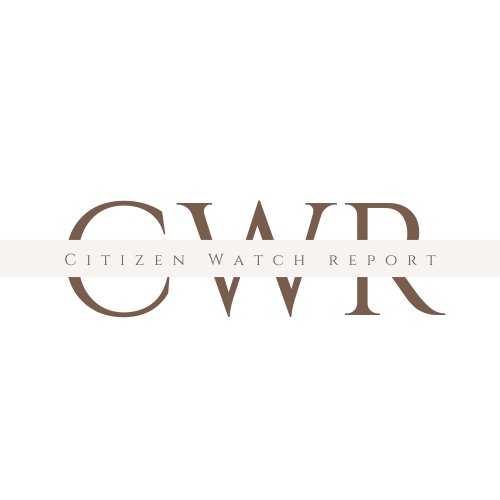Nearly half of Canada’s taxpayer-funded refugees, who have resided here as long as six years, remain dependent on welfare cheques and other social services to get by, says Statistics Canada. And the federal government has no intention of rolling them back amid a growing refugee population.
Settlement Program funding has remained relatively stable, with increases year over year in line with increasing immigration levels. The federal government allocated roughly $800.9 million in 2020/21 and $848.2 million in 2021/22 for settlement services outside Québec.
And a national Call for Proposals 2024 funding process seeks to keep the gravy train rolling.
Starting next April 1, eligible resettlement projects can receive funding for up to five years, ending March 31, 2030. Applicants can apply for more than one funding opportunity by submitting funding applications in the Grants and Contributions System (GCS).
However, a recent study by StatsCan uncovered issues with Ottawa’s refugee resettlement program, despite the increased funding.
Only 56% of government-assisted refugees are actively participating in the Canadian labour market, including those who are working, looking for work or are starting work soon. It found abysmal labour market outcomes for the population, compared to other immigration classes.
An Immigration Canada resettlement outcomes report confirmed that government-assisted refugees have the lowest labour market participation rate among all immigrants.
During their first year in Canada, 82% of government-assisted refugees accessed resettlement services — far greater than any other immigration class (19%).
Immigration Canada provided income assistance to them for up to 12 months to help cover costs associated with starting their lives anew in Canada, including the costs for temporary accommodation.
But government-assisted refugees continue to have high uptakes for Settlement services over time, said the outcomes report. In their fourth year since admission, 68% still accessed services, compared to 14% from all immigration classes.
While the outcomes report does not mention resettlement funding to Québec, Premier François Legault penned a letter to Prime Minister Justin Trudeau earlier this month regarding the some 60,000 asylum seekers his province accepted last year.
Ottawa takes upwards of 14 months to determine if an asylum claimant is a genuine refugee, putting the onus on the provinces to offer them taxpayer-funded services, according to the Justice Department.
Legault wants Ottawa to reimburse Québec the $470 million it spent on taking in asylum seekers in 2021 and 2022, and to do the same in subsequent years. Last October, 43,200 asylum seekers received $33 million in aid, reported the Canadian Press.
Legault told Ottawa as early as last February that his province’s resources were “thinly stretched” and could not accommodate more foreigners seeking asylum.
“We have problems with housing, school capacity, and hospital staff,” Legault said at the time. “It is time for Justin Trudeau to put out a new tweet to say not to come anymore because we have exceeded our reception capacity.”
Although Ottawa closed the illegal Roxham Road border crossing last March 24 in a bid to provide relief, Legault says that “momentarily” slowed the flow. More migrants sought asylum last September than any month since at least 2017.
“The arrivals have continued to increase at airports,” he notes. “The number of people arriving on a visitor visa and applying for asylum is also increasing significantly.”





















































